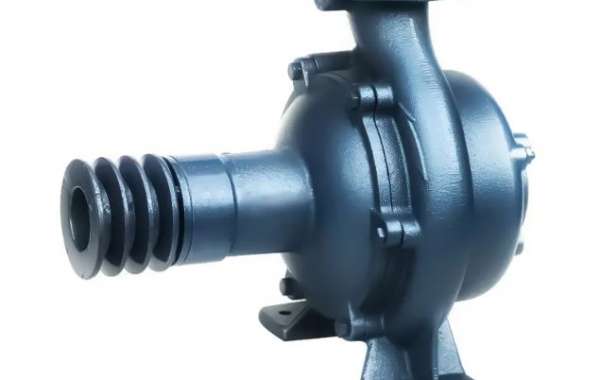High flow centrifugal pumps play an essential role in a range of commercial and industrial systems. Their primary function is to move significant volumes of liquid over short to medium distances with stable flow rates. Applications that rely on continuous circulation or bulk transfer often benefit from the simplicity and efficiency these pumps offer.
These pumps operate using rotational energy generated by an electric motor or engine. The energy is transferred to the impeller, which spins the fluid outward and generates flow. Due to this operating principle, high flow centrifugal pumps are well-suited for non-viscous fluids and applications that require steady movement.
One important consideration when selecting a high flow centrifugal pump is the nature of the fluid. Clean water, seawater, and lightly contaminated liquids can typically be handled with minimal modification. However, fluids with higher solids content or aggressive chemical properties may require pumps with specialized materials and coatings to prevent premature damage.
In industrial facilities, high flow centrifugal pumps support heating and cooling systems, chemical circulation, and large-scale cleaning operations. Their consistent output helps maintain process stability and reduces the likelihood of flow-related interruptions. Meanwhile, the relatively straightforward construction allows for convenient access when inspection or service is needed.
Energy consumption is another factor often discussed in the context of high flow centrifugal pumps. Matching the pump size to the system demand is key to minimizing waste. Oversized pumps can lead to unnecessary energy use, while undersized ones may fail to provide sufficient flow. Careful selection based on performance curves and system layout helps avoid these issues.
In summary, high flow centrifugal pumps offer a balance of volume capacity, design simplicity, and adaptability. Whether used in agriculture, manufacturing, or public utilities, these pumps contribute to efficient fluid transport when selected and maintained according to system needs.






